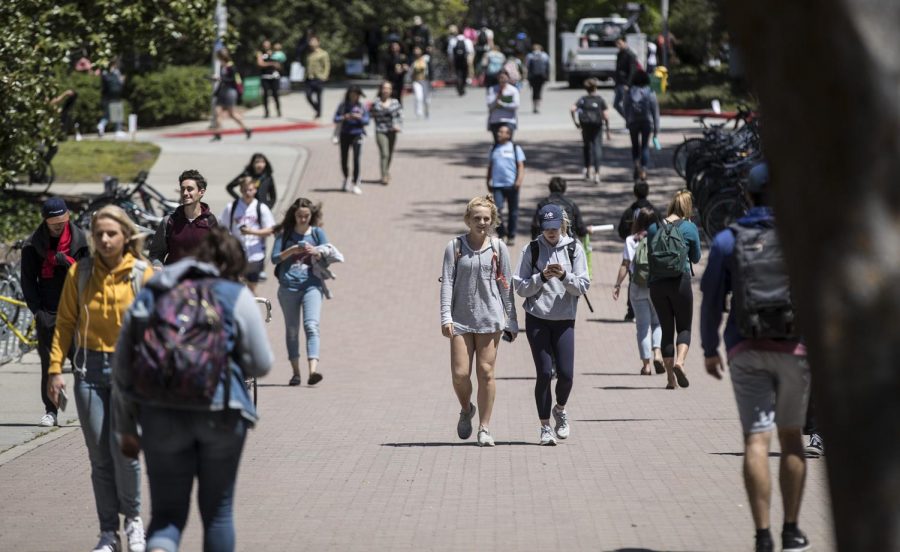Every year, students have to fight to prove their way into universities that get more and more competitive. California is filled with a plethora of amazing, accredited colleges to fit everyone’s interests and personalities. There are many routes a student may take to getting into college: some may leave straight from high school to their dream school, some may transfer from a local community college to a local university and some may take online programs to obtain a degree. For many though, transferring from a community college to an upper division college is the most popular option, but nowadays it’s not feeling like the most secure option.
Community colleges used to be a two-year transition school for students to complete general education requirements, explore their career options and gain admission to the local university. Today, the standard is at least three years at a community college where you go in with a major already decided if you’re lucky enough to get into all the classes you need to transfer. More students every year are attending different colleges with more impacted programs and yes, competition is part of adulthood but the line is crossed when the competition completely shatters a student’s chances and confidence. It’s a fight at local colleges to get the classes you need to transfer because no matter how qualified or intelligent you may be, if you don’t fill the standard transfer requirements even by one credit- you will have to wait another year to try again.
College is not supposed to be easy and many might say that college and its obstacles come with the territory. In today’s generation as we look into the future, the question lies with the board members as to how far they’ll go with challenging students’ chances of a higher education. Community colleges are seen as a transition into universities but nowadays it feels as though you have to fight the system in order to get out in an appropriate time to transfer. Many majors are incredibly impacted so getting classes in general is a struggle not to mention being working students who support themselves or families. Those who do push through the years and prepare to transfer to finish their undergraduate education face the terrifying possibility of not being accepted into in-state colleges. According to CollegePortraits.org, only 21 percent of the 22,994 transfer applicants in 2015 were admitted.
Times are changing and so are colleges, but community colleges and universities should start changing as well. The diversity of the the type of students that attend college are much different than ever before. Those who aren’t lucky enough to live at home for college must provide for themselves while working multiple jobs or taking care of loved ones as well. Mental health is at stake as students exhaust themselves pulling all-nighters for exams while participating in clubs to add to their application and working to save up for tuition for their dream school. There should be in increases in teachers and a variety of programs to help the variety of students walk to bridge from community college to universities. All too often students get discouraged in their academic journey and do not finish. The average student struggles to succeed nowadays; if you do not excel exponentially with extracurriculars, a 3.8 minimum GPA and letters of recommendation from multiple teachers, your chances are greatly decreased.
Opportunity has fallen through the cracks and it’s time for education to take a turn for the better to help bridge the gap and guide students to higher education and stop catering to those whose ideal lifestyle can manage the criteria expected of transfer students. The requirements should be more accessible to all students and board members need to see first hand the kind of stress college students undergo. They are some of the most physically and mentally exhausted people who develop anxiety and depression among other habits from the stress and expectations that come from community colleges and universities. Action needs to be taken in order to better educate our generation and provide better equal opportunity to receive a higher education and the means to get there. Anyone who desires an education should given a fair pathway in achieving their goals and in this case- degrees.


